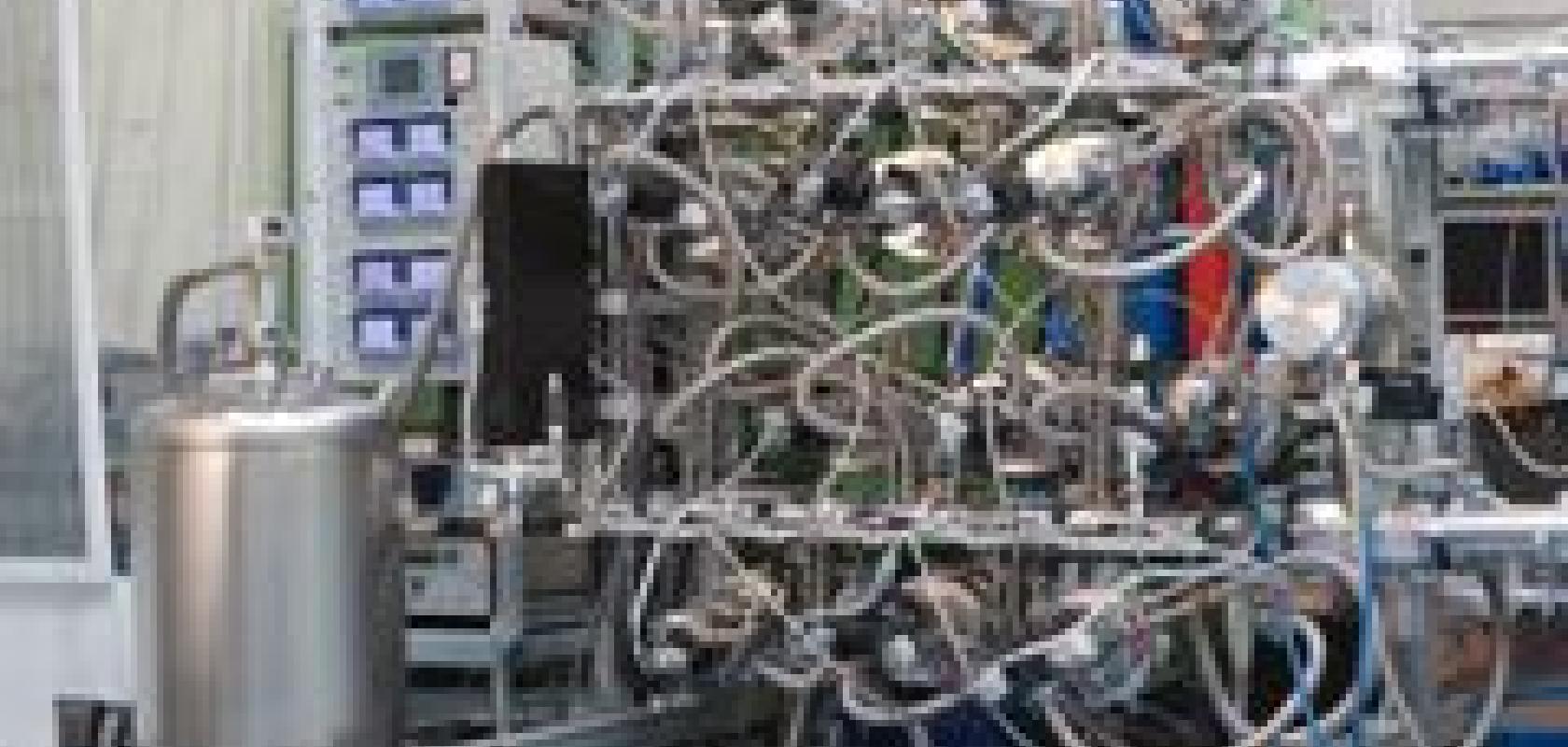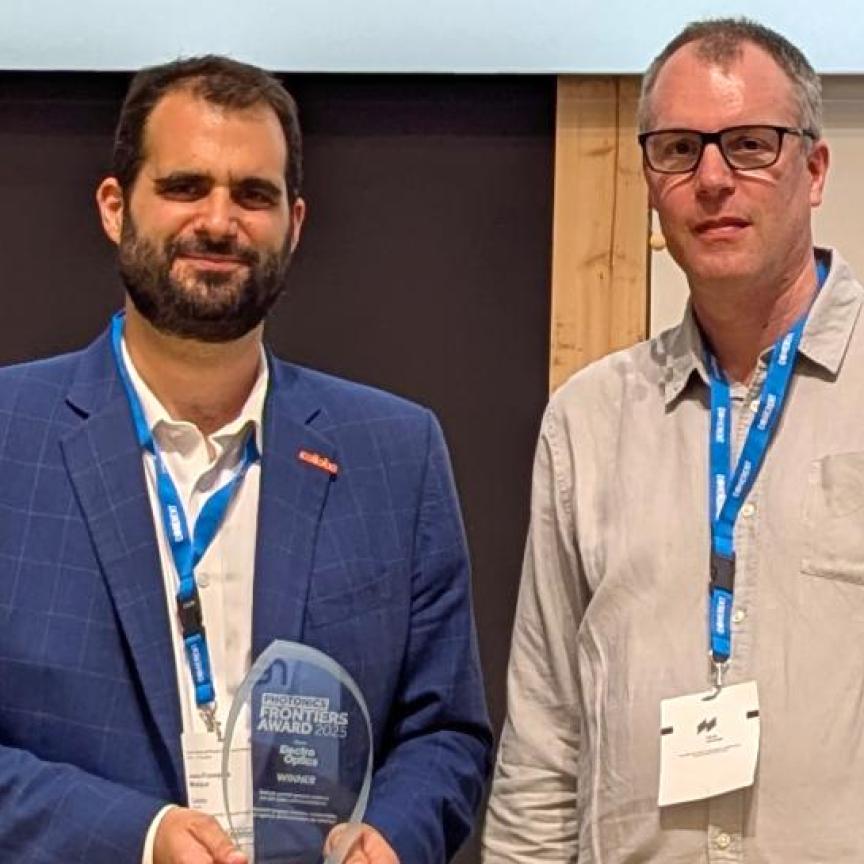A new instrument that combines high resolution imaging with spectroscopy has been installed on the European Southern Observatory’s Very Large Telescope (VLT) at the Paranal Observatory in northern Chile. The device observed distant galaxies, bright stars and other test targets during the first period of observations, the results of which will be presented at the forthcoming 3D2014 workshop in March at ESO in Germany.
The instrument, called Multi Unit Spectroscopic Explorer (MUSE), is mounted on Unit Telescope 4 of the VLT, which is currently being converted into a fully adaptive telescope. The VLT Survey Telescope is the largest telescope designed to survey the skies in visible light. MUSE uses 24 spectrographs to separate light into its component colours to create both 3D images and spectra of selected regions of the sky; coupling the discovery potential of an imaging device with the measuring capabilities of a spectrograph. Astronomers are able to move through the data and study different views of the object at different wavelengths.
The new instrument is the result of ten years of design and development by the MUSE consortium — headed by the Astrophysics Research Center of Lyon, France and partner institutes Leibniz Institute for Astrophysics Potsdam (Germany), Institute for Astrophysics Göttingen (Germany), Institute for Astronomy ETH Zurich (Switzerland), The Research Institute of Astrophysics and Planetary Science (France), Dutch Research School for Astronomy (The Netherlands) and ESO.
The leader of the team and principal investigator for the instrument, Roland Bacon from the Astrophysics Research Center of Lyon, commented: ‘It seems strange that this seven-tonne collection of optics, mechanics and electronics is now a fantastic time machine for probing the early Universe. We are very proud of the achievement — MUSE will remain a unique instrument for years to come.’
MUSE’s science goals include delving into the early epochs of the Universe to probe the mechanisms of galaxy formation and studying both the motions of material in nearby galaxies and their chemical properties. It will have many other applications, ranging from studies of the planets and satellites in the Solar System, through the properties of star-forming regions in the Milky Way and out to the distant Universe.


